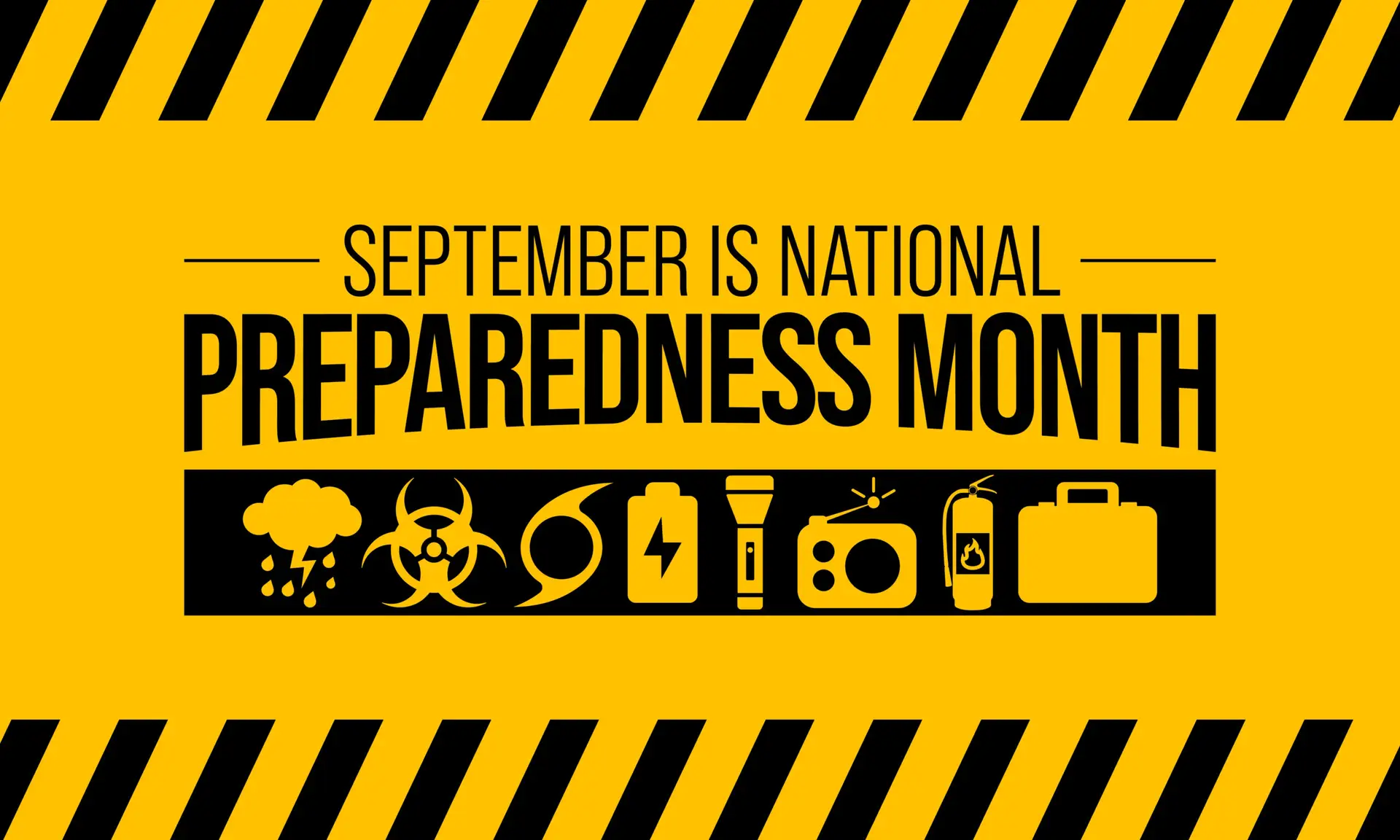National Preparedness Month: LIMA-TANGO Has Your Solution

September is more than just the transition from summer to fall—it’s a time dedicated to building resilience against emergencies. National Preparedness Month (NPM) is an annual observance that encourages individuals, families, and communities to take proactive steps in preparing for disasters, whether natural or man-made. As we mark this month in 2025, with the current date being September 10, it’s the perfect opportunity to reflect on our readiness and make meaningful changes.A Brief History of National Preparedness Month. The roots of National Preparedness Month trace back to the aftermath of the September 11, 2001, terrorist attacks, which highlighted the need for widespread emergency preparedness across the United States. Launched in 2004 by the Federal Emergency Management Agency (FEMA) through its Ready Campaign, NPM has since become a cornerstone of national efforts to promote disaster readiness. Each year, it culminates on September 30 with National Preparedness Day, a call to action for everyone to review and update their plans. Over the past two decades, the initiative has evolved to address a broad range of threats, from hurricanes and wildfires to pandemics and cyberattacks, adapting to the changing landscape of risks.The 2025 Theme: Preparedness Starts at HomeThis year’s theme, “Preparedness Starts at Home,” emphasizes that effective emergency planning begins in our own households. FEMA and organizations like the American Red Cross are urging Americans to focus on four key actions to build a solid foundation for safety:
- Know the Risks and Responses: Understand the types of emergencies that could affect your area—such as floods, earthquakes, or severe weather—and learn the appropriate ways to respond.
- Make a Family Emergency Plan: Create a detailed plan that includes evacuation routes, meeting points, assigned responsibilities, and communication strategies for staying in touch if separated.
- Build an Emergency Supply Kit: Assemble a kit with essentials like non-perishable food, water (one gallon per person per day for at least three days), medications, flashlights, batteries, a first aid kit, and portable chargers. https://www.ready.gov/kit
- Get Involved in Your Community: Participate in local preparedness activities, volunteer with organizations like the Red Cross, or join community emergency response teams to strengthen collective resilience.
These actions are designed to be simple yet impactful, ensuring that preparedness is accessible to everyone, regardless of location or resources.Practical Tips for Getting PreparedBeyond the basics, here are some actionable tips to integrate preparedness into your daily life:
- Tailor to Your Needs: Consider the unique requirements of your household, including people with disabilities or pets. For instance, ensure pets have their own kit with a week’s supply of food, water, medications, and identification.
- Test Your Plans: Conduct family drills to practice your emergency plan, and check smoke detectors, flashlights, and other equipment regularly.
- Stay Informed: Sign up for alerts from your local National Weather Service office and use apps from reliable sources for real-time updates on threats like wildfires or hurricanes.
- Leverage Free Resources: Organizations like the U.S. Census Bureau provide data and tools on disaster risks, while the EPA offers guidance on environmental emergencies.
Remember, small steps today can prevent big problems tomorrow. For example, during power outages, having non-perishable foods and emergency contact cards on hand can make all the difference.Resources to Help You StartTo dive deeper, check out these trusted sources:
- FEMA’s Ready.gov for customizable toolkits and plans.
- The American Red Cross for 30-day preparedness challenges and training courses.
- Local government sites, like ReadyDC, for region-specific advice.
President Trump’s message this month reinforces the administration’s commitment to supporting communities in building resilience against increasing climate-related disasters. Conclusion: Take Action TodayNational Preparedness Month isn’t just about awareness—it’s about action. In a world where disasters can strike without warning, being prepared at home sets the stage for safer communities. As we continue through September 2025, challenge yourself and your loved ones to adopt these habits. Share your progress on social media with #PreparednessStartsAtHome, and inspire others to join the movement. After all, preparedness isn’t a one-time event; it’s a lifelong commitment to safety and security. Stay ready, stay safe! LIMA-TANGO has your solution to get you prepared for whatever comes your way.
